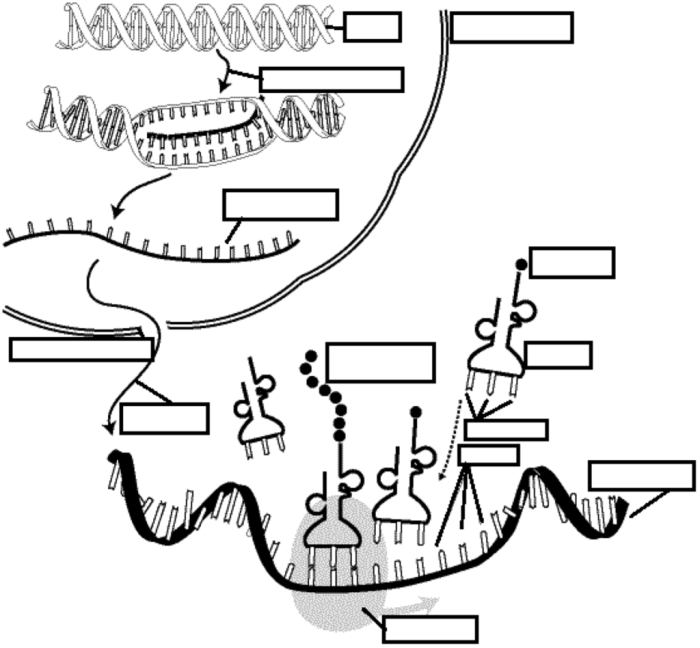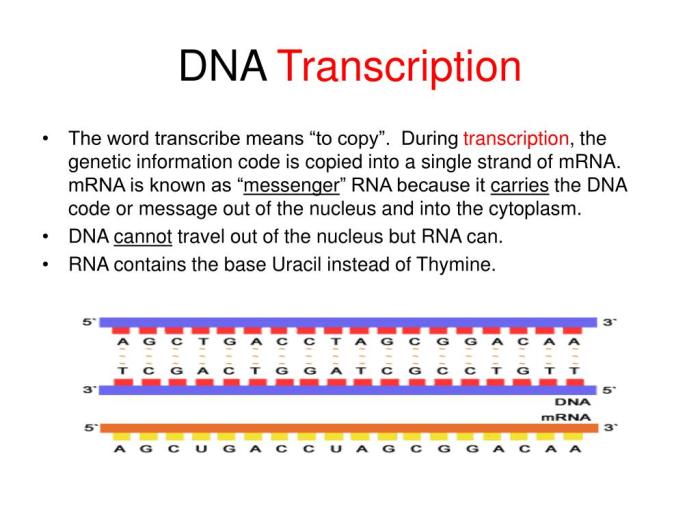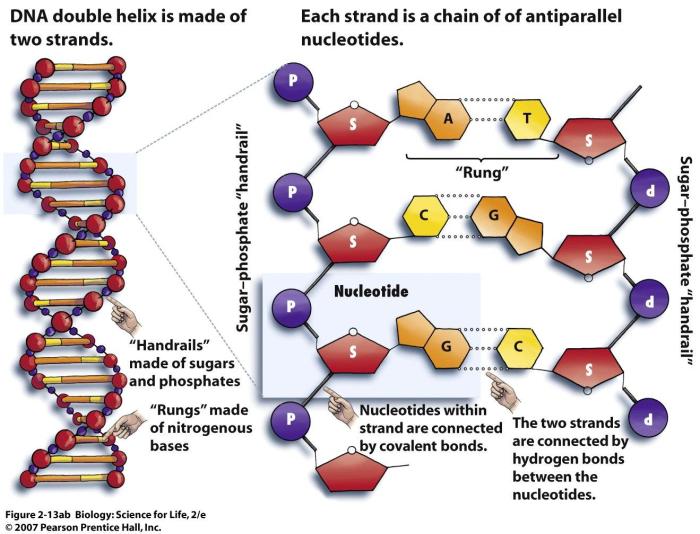Introducing the DNA Transcription & Translation Worksheet, a comprehensive resource designed to unravel the intricate processes that underpin the genetic blueprint of life. This worksheet will embark on an exploration of DNA transcription and translation, delving into the molecular mechanisms that govern the flow of genetic information from DNA to proteins.
Through this engaging and interactive guide, you will gain a profound understanding of the fundamental principles of transcription and translation, unlocking the secrets of how genetic information is transcribed into RNA and subsequently translated into proteins, the building blocks of life.
DNA Transcription and Translation

DNA transcription and translation are essential processes in molecular biology that convert genetic information stored in DNA into functional proteins. This article provides an overview of these processes, including their mechanisms, components, and implications.
Transcription Process
Transcription is the process of copying genetic information from DNA into RNA. It occurs in the nucleus of eukaryotic cells and the cytoplasm of prokaryotic cells. The enzyme RNA polymerase binds to a specific region of DNA called the promoter and separates the DNA strands.
RNA polymerase then synthesizes a complementary strand of RNA, known as messenger RNA (mRNA), using the DNA strand as a template. The mRNA molecule carries the genetic information from the DNA to the cytoplasm, where protein synthesis occurs.
Translation Process
Translation is the process of converting the genetic information in mRNA into a sequence of amino acids that form proteins. It occurs on ribosomes, which are large, complex structures found in the cytoplasm.
The ribosome binds to the mRNA molecule and reads the sequence of codons, which are three-nucleotide sequences that specify the order of amino acids in the protein. Transfer RNA (tRNA) molecules, each carrying a specific amino acid, bind to the codons and deliver their amino acids to the growing polypeptide chain.
Genetic Code
The genetic code is the set of rules that determines how the sequence of nucleotides in DNA and RNA specifies the sequence of amino acids in proteins.
Codons are three-nucleotide sequences that specify a particular amino acid. There are 64 possible codons, which code for 20 different amino acids and three stop codons that signal the end of protein synthesis.
Mutations, Dna transcription & translation worksheet
Mutations are changes in the DNA sequence that can affect the transcription and translation processes.
Mutations can be caused by a variety of factors, including exposure to radiation, chemicals, and errors during DNA replication. Mutations can range from small changes in a single nucleotide to large-scale deletions or insertions of DNA.
Applications of DNA Transcription and Translation
DNA transcription and translation are essential processes in biotechnology and medicine.
These processes are used in genetic engineering to create genetically modified organisms, in medicine to diagnose and treat genetic disorders, and in research to study gene expression and regulation.
FAQs: Dna Transcription & Translation Worksheet
What is the role of RNA polymerase in transcription?
RNA polymerase is the enzyme responsible for synthesizing RNA molecules using DNA as a template. It binds to specific DNA sequences and separates the DNA strands, allowing RNA nucleotides to pair with the exposed DNA bases, creating a complementary RNA molecule.
How do ribosomes participate in translation?
Ribosomes are complex molecular machines that read the mRNA sequence and facilitate the assembly of amino acids into a polypeptide chain. They bind to the mRNA and move along the sequence, ensuring that the correct amino acids are added to the growing protein.
What is a codon, and how does it relate to amino acids?
A codon is a sequence of three nucleotides in mRNA that specifies a particular amino acid. The genetic code is a set of rules that defines which codons correspond to which amino acids, enabling the translation of mRNA into proteins.

